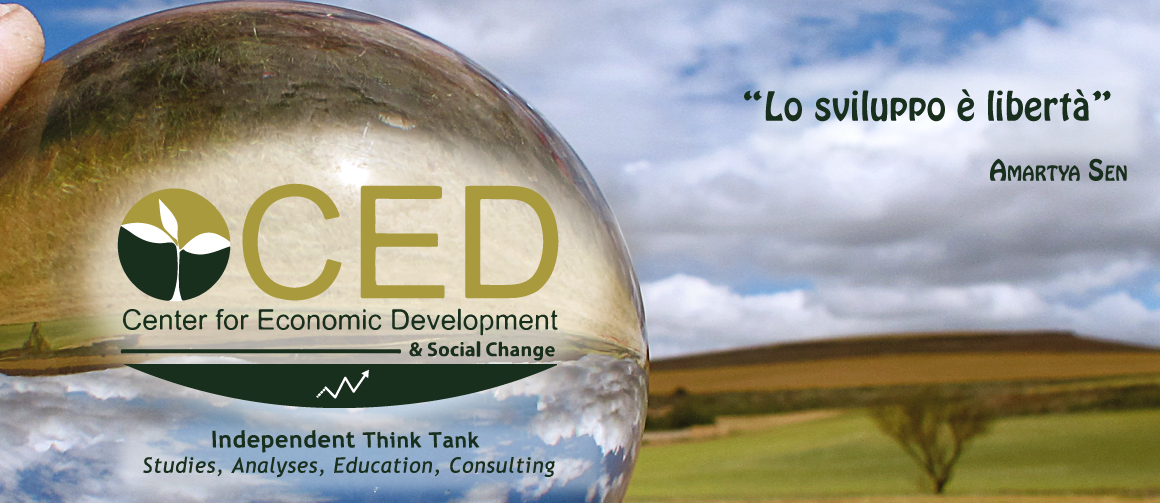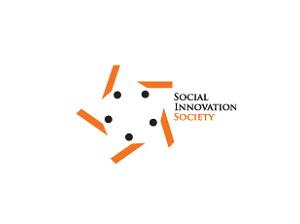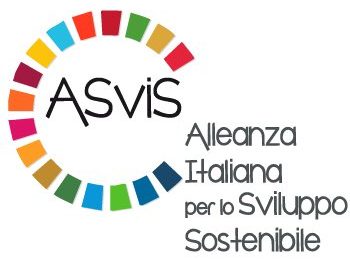
Antonio Giordano is the Director of the Sbarro Institute for Cancer Research and Molecular Medicine and Center for Biotechnology of Temple University, Philadelphia (USA), as well as Professor of Anatomy and Histopathology at the University of Siena. Having always been active in the fight for the protection of healthcare, many of his scientific studies show the correlation between environmental factors and the increase in cancer cases.
Monica Di Loreto: “Professor, taking up studies carried out by your father, you did research into many important areas of your homeland, Campania, and in particular the “Terra dei fuochi” (Land of Fire). You managed to single out a connection of causality between cancer and environmental pollution. You also wrote a book with Paolo Chiariello, “Monnezza di Stato. Le Terre dei Fuochi nell’Italia dei Veleni” (State Rubbish. Land of Fire in a poisonous Italy), in which you divulged, through your studies, the impact of environmental pollution on the increase in tumours.
Antonio Giordano: “It’s about a project I started 10 years ago, dedicated to my father’s studies from the 60’s and 70’s, where he was one of the first in Italy, along with Professor Maltoni, to demonstrate the negative impact that asbestos has on health. Obviously, my father had to overcome obstacles from a professional and political point of view, as they told truths that went against the interests of industry and politics.
10 years ago I realised that in such a long time nothing had changed. In that period the American Federal Government was particularly focused on the issue of the Terra dei Fuochi as it was highly preoccupied for the Americans from the NATO base in Naples that lived in some of the most polluted areas of Castel Volturno and Bagnoli. Some soldiers and their families were affected by severe forms of cancer. Through a United States government DOD grant on breast cancer, I was also able to evaluate the data on this tumor in areas environmentally critical in Italy, Campania, and United States and eventually try to discover strategies to prevent it.
10 years ago I realised that in such a long time nothing had changed. In that period the American federal government was particularly focused on the question of the Terra dei Fuochi as it was highly preoccupied for the Americans of the NATO base in Naples the lived in some of the most polluted areas of Castel Volturno and Bagnoli. Some soldiers and their families were affected by severe forms of cancer. Through a United States government DOD grant on breast cancer, I was also able to evaluate the data on this tumor in areas environmentally critical in Italy, Campania, and United States and eventually try to discover strategies to prevent It.
I was able to demonstrate a rise in diseases (to start with, breast cancer samples): that scientific project gave me the opportunity to inform the population of the damage that they were undergoing. Regrettably, the Italian institutions tried to mitigate the phenomenon, maintaining that the principal causes of the diseases were found in the improper lifestyles of the people. In these areas, however, there was a great concentration of vinyl chloride, benzopyrene, heavy metals, asbestos, and dioxin.
We actually revealed a growth in breast cancer in women under 40, therefore pre-screening age, and we were able to intercept 40,000 more breast cancer cases compared to those reported by studies or information provided by the Istituto Superiore di Sanità. Finally, in 2015, the ISS was forced to take action based on the data we provided.
We actually revealed a growth in breast cancer in women under 40, therefore pre-screening age, and we were able to intercept 40,000 more breast cancer cases compared to those reported by studies or information provided by the Istituto Superiore di Sanità.
I wrote this book, “Monnezza di Stato. Le Terre dei Fuochi nell’Italia dei Veleni”, the second book, along with “Campania, Terra di Veleni” (Campania, Land of Poisons), but I would like to clear up one thing.
It is true. In Campania, we have been able to lead an independent study with an involvement that has allowed us to let the population know the truth. Currently, we are carrying out the same work in the Brescia and Varese areas, in Bergamo, Piedmont and in Tuscany: despite the appearances, even these regions are victims to highly dangerous and severe spills, with rises in cancer.
Currently, we are carrying out the same work in the Brescia and Varese areas, in Bergamo, Piedmont and in Tuscany: despite the appearances, even these regions are victims to highly dangerous and severe spills, with rises in cancer.
Suggested reading:
- Giordano A., Tarro G. (2011), Campania, terra dei veleni, Denaro Libri, Napoli;
- Giordano A., Chiariello P. (2015), Monnezza di Stato. Le Terre dei fuochi nell’Italia dei veleni, Minerva Edizioni, Bologna;
- S.H.R.O – Sbarro Health Research Organization;
- SHRO Salute Italia.
The article published is an extract of Monica Di Loreto’s interview of Oncologist and Professor Antonio Giordano, given for the broadcaster TV2000’s programme “Il Mio Medico”.








